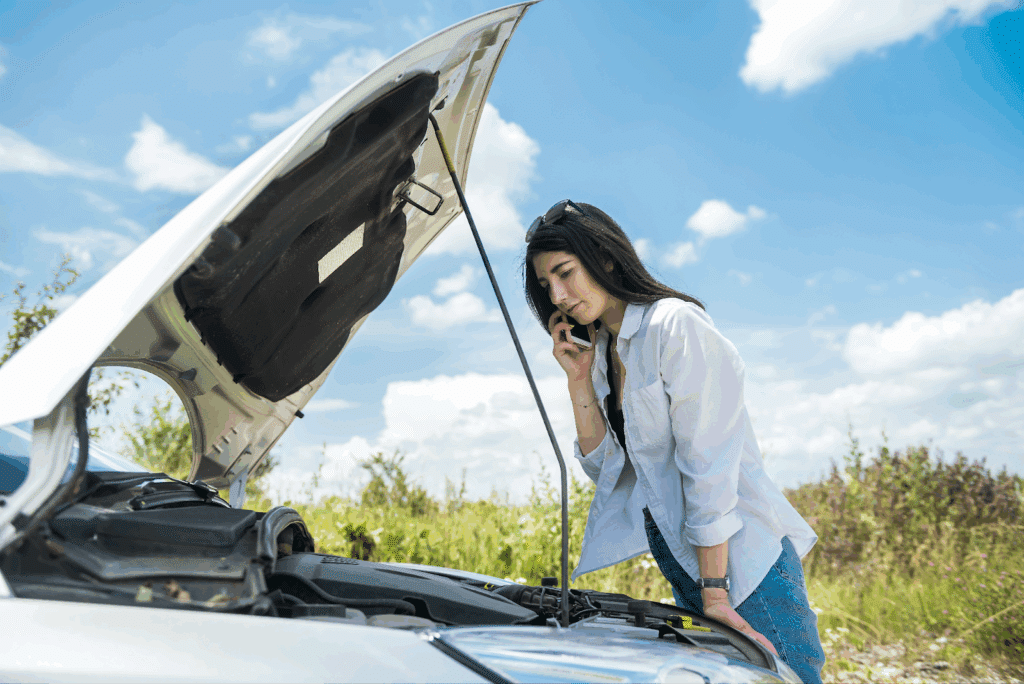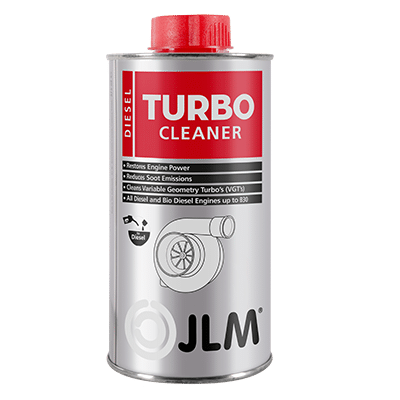When you drive in summer, your car faces challenges that are very different from the winter months. Heatwaves, holiday traffic, and long-distance travel can put extra strain on your vehicle. Knowing what will be affected in hot weather and what causes a car to overheat can save you from costly repairs and stressful breakdowns.
This guide explores the essential summer driving tips you need, what happens when cars and heat mix, and JLM products and expert advice that can help to keep you safely on the road all summer.

General summer driving tips
1. Plan for busy roads
Summer holidays mean busier traffic and longer queues. Stop-start driving strains your cooling system and increases the chance of overheating. Plan your route, allow extra time, and monitor your engine temperature.
2. Check your tyres
Road surfaces become much hotter in summer, which increases tyre pressure. Overinflated or worn tyres are more likely to burst. Always check your tyres before a long trip and keep them at the manufacturer’s recommended pressure.
3. Maintain your cooling system
One of the first things affected in hot weather cars is the cooling system. To help keep your system in good shape, top up coolant, inspect hoses, and consider using:
- JLM Radiator Clean & Flush as part of preventative maintenance
4. Keep your windscreen clean
Dust, insects, and glare reduce visibility. Check your washer fluid and replace worn wipers. Clear vision is essential for safe summer driving.
5. Top up all fluids
Engine oil, coolant, brake fluid, and screenwash are vital. Choose quality products such as JLM Bortec Oil Additive.
How hot weather affects your car
Now that you’re equipped with some general tips for safer driving in summer, it’s also important to know how high temperatures can put stress on your vehicle. Hot weather doesn’t just make driving uncomfortable—it can cause key parts of your car to wear faster or even fail if left unchecked.
By understanding what components are most affected by heat, and the early warning signs to look out for, you’ll be better prepared to keep your car running smoothly all summer long.
Here are five common symptoms that your vehicle may be struggling with high temperatures:
- Dripping or coloured fluid
Colourful puddles (green, pink, or orange) may indicate a coolant leak.
- Smoke or hot air from vents
If you notice smoke or unusually hot air coming from your vehicle, it could point to problems with the cooling system or heating, ventilation, and air conditioning (HVAC). Using a high-quality coolant additive from JLM can help prevent overheating by improving heat transfer and protecting against corrosion. Air conditioning treatments and cleaners can also restore performance and keep the system fresh.
- Strange engine noises
Noises like whining or rattling can signal heat-related issues such as worn belts, strained components, or lubrication problems. If the noise is loud or persistent, stop the car as soon as it’s safe to do so. Using high-quality products like JLM’s advanced engine oils and system cleaners can help keep components lubricated and reduce wear during summer’s peak temperatures.
- Sluggish performance
A sluggish engine performance could be linked to overheating and carbon deposits building up in the engine. You can use a fuel additive to dissolve carbon deposits and restore performance.
- Battery, clutch, and alternator strain
Summer heat speeds up battery corrosion, strains the clutch in heavy stop-start traffic, and overworks the alternator, often leading to weak starts or electrical issues. Regular professional checks, supported by JLM’s advanced additives and treatments, help reduce strain, extend component life, and keep your car running reliably in hot weather.
How to prevent breakdowns in summer
- Check fluids regularly
Especially coolant and engine oil. Reinforce system health with JLM Engine Oil Flush or JLM Engine Oil Stop Leak.
- Inspect your battery
High temperatures can shorten battery life by accelerating internal corrosion and reducing efficiency. If your battery is over three years old or showing signs of weakness like slow starts or dimming lights, don’t wait for a breakdown—have it checked. Pairing a healthy battery with JLM’s fuel system cleaners and engine treatments helps reduce overall strain on the electrical system, ensuring your car performs reliably even during a heatwave.
- Monitor tyres
With the increased risk of tyres bursting in the heat, ensure to check pressure and tread frequently.
- Service the cooling system
Use JLM Radiator Clean & Flush for preventative maintenance.
- Pack an emergency kit
Along with water and tools, add JLM Motor Start for reliability if your engine struggles. Please note: Don’t spray on spark plugs, hot engine parts, or hot surfaces. Ensure your vehicle is cool before using.
FAQs about driving in hot weather
What causes a car to overheat?
Low coolant, leaks, blocked radiators, faulty fans, or worn hoses are the most common causes. Poor lubrication or dirty oil can also contribute.
Why do cars overheat in summer?
Cars overheat because high external temperatures put added stress on the cooling system. Stop-start traffic, long motorway runs, or carrying heavy loads can make the problem worse.
What to do when a car overheats?
- Pull over safely and switch off the engine.
- Allow the car to cool before opening the bonnet.
- Check coolant levels and top up if safe to do so.
- Look for leaks or other issues—preventative products can help.
- If overheating persists, call for professional assistance.
What should I check before driving in summer?
- Coolant levels
- Tyre pressure and tread
- Battery condition
- Brake fluid
- Windscreen visibility

